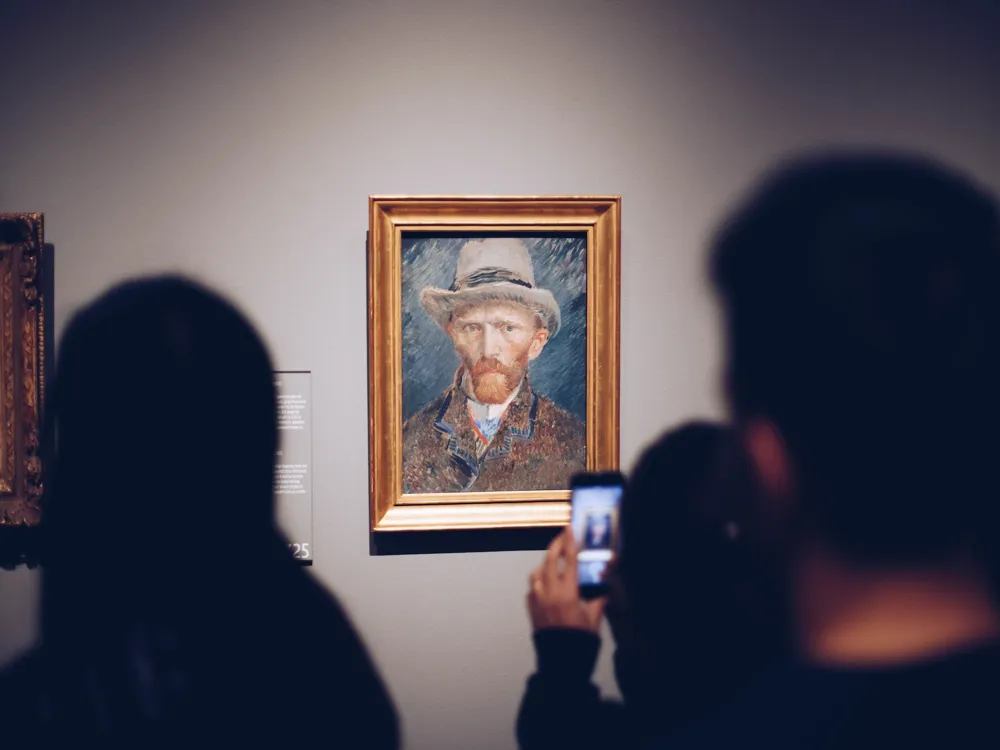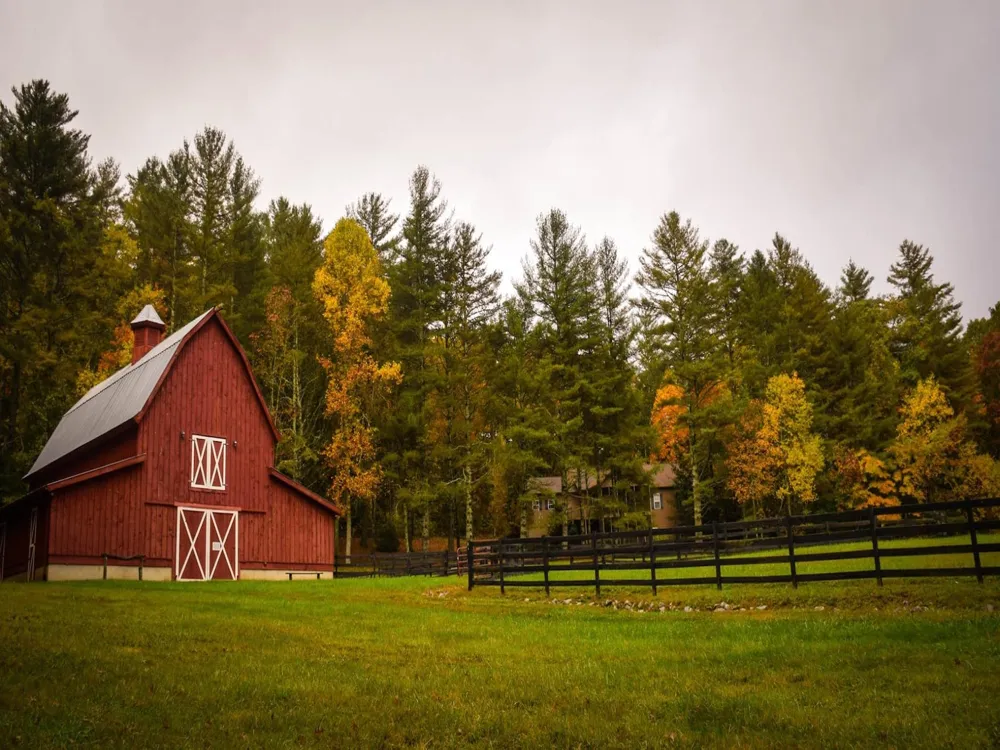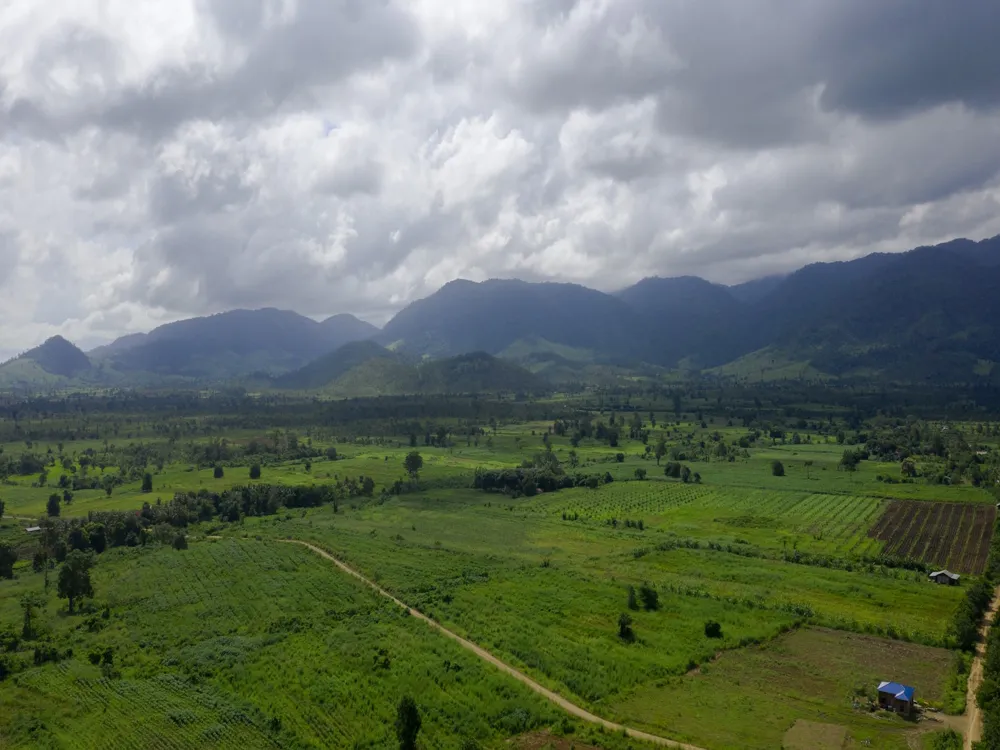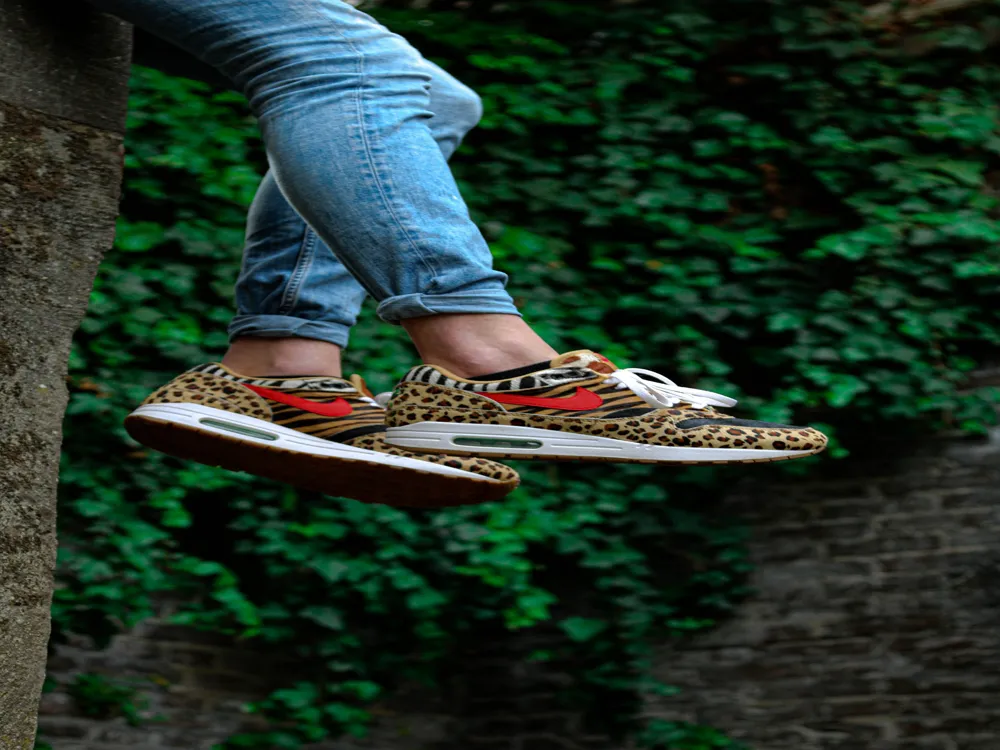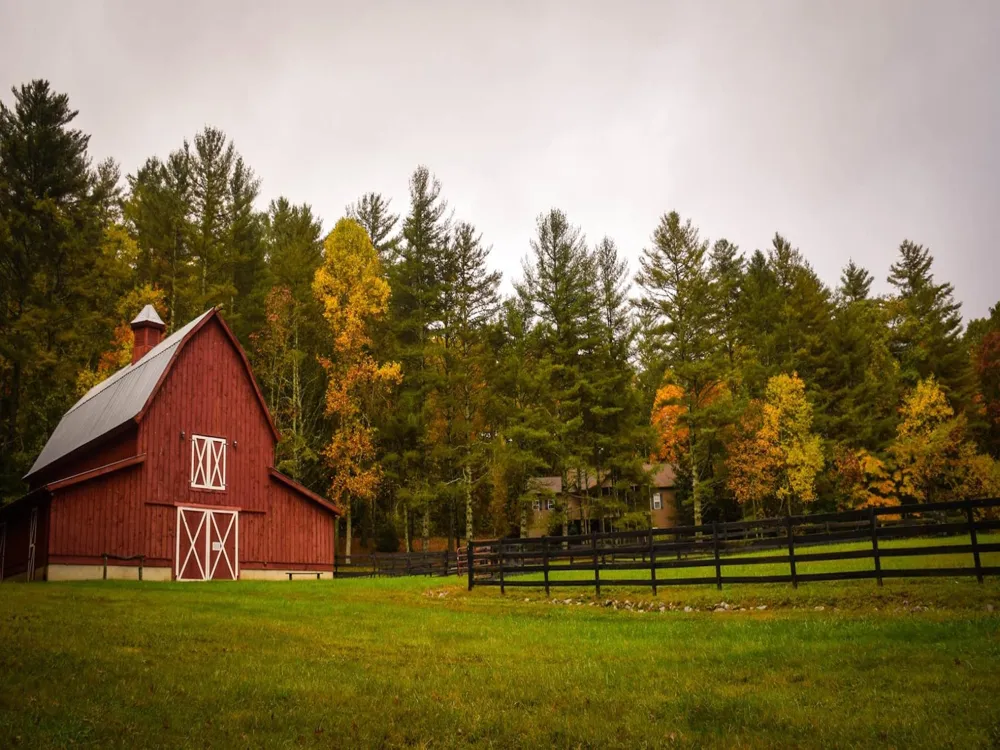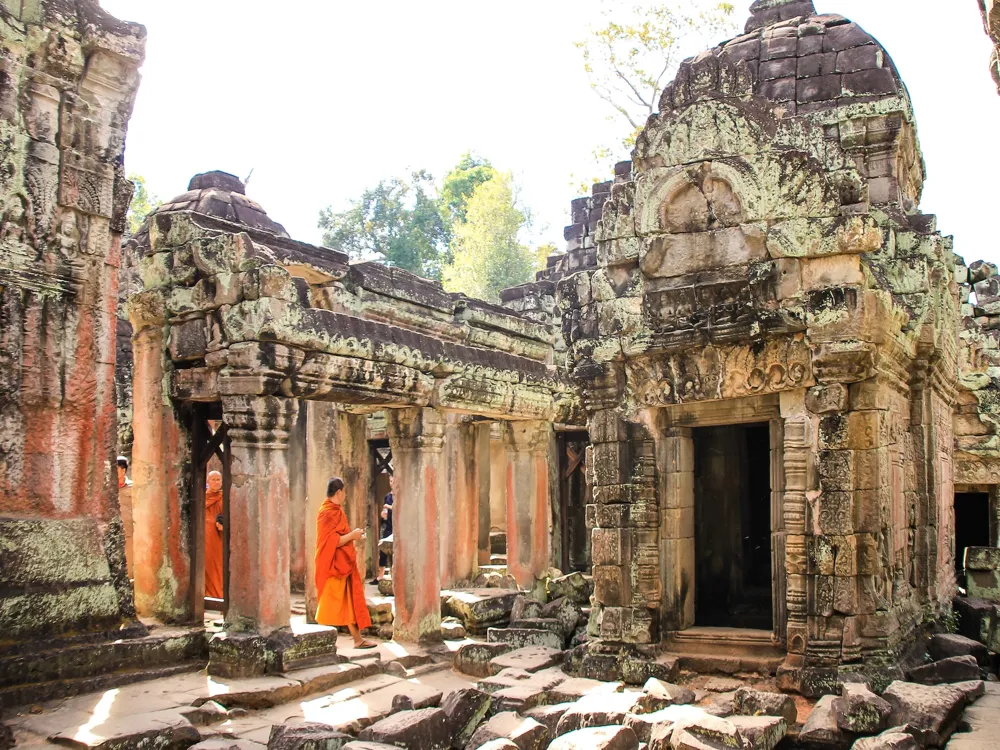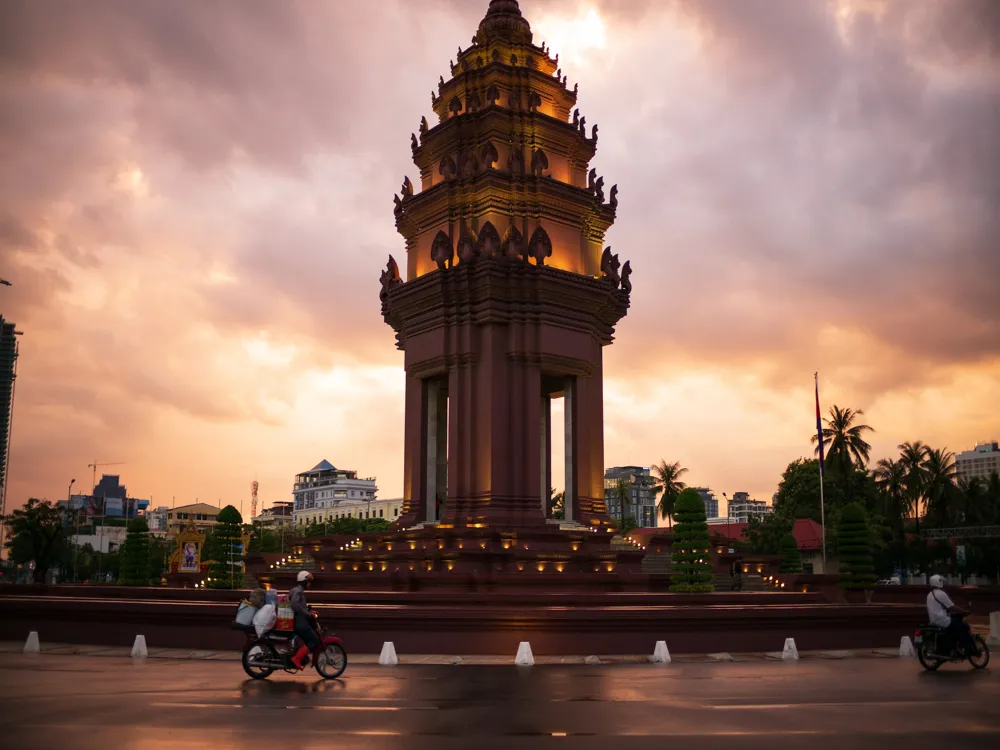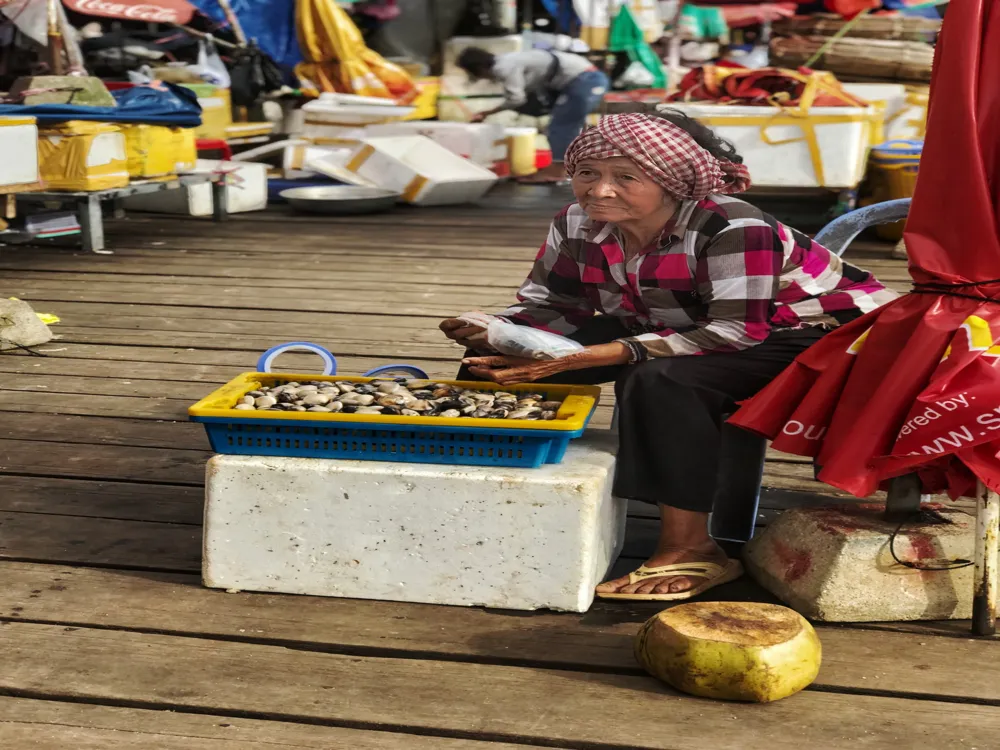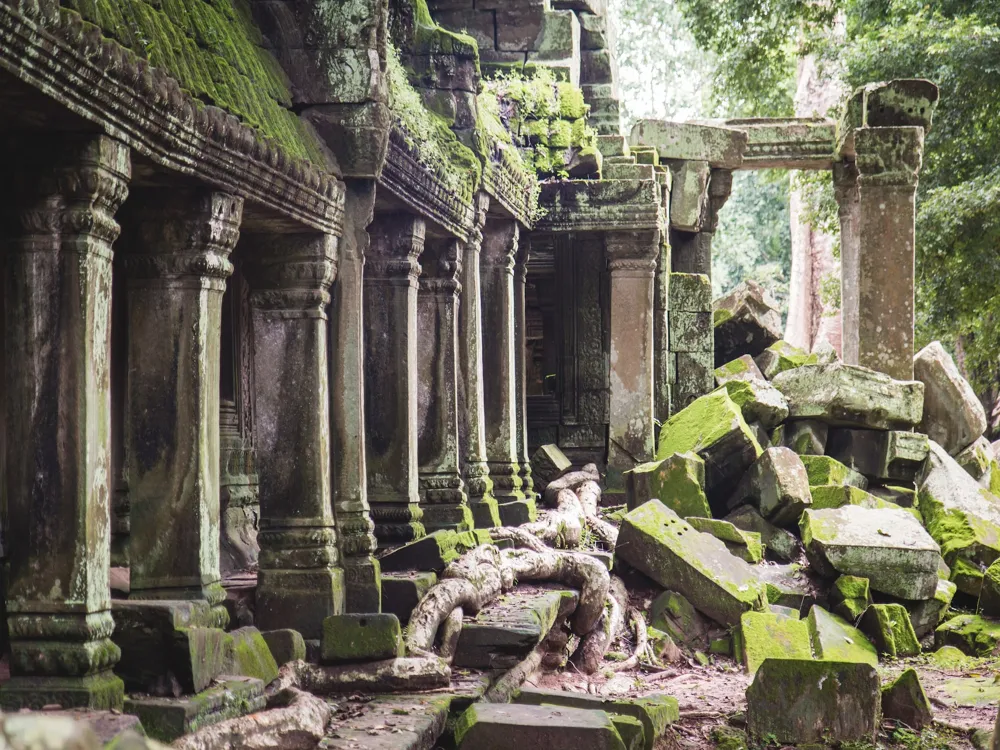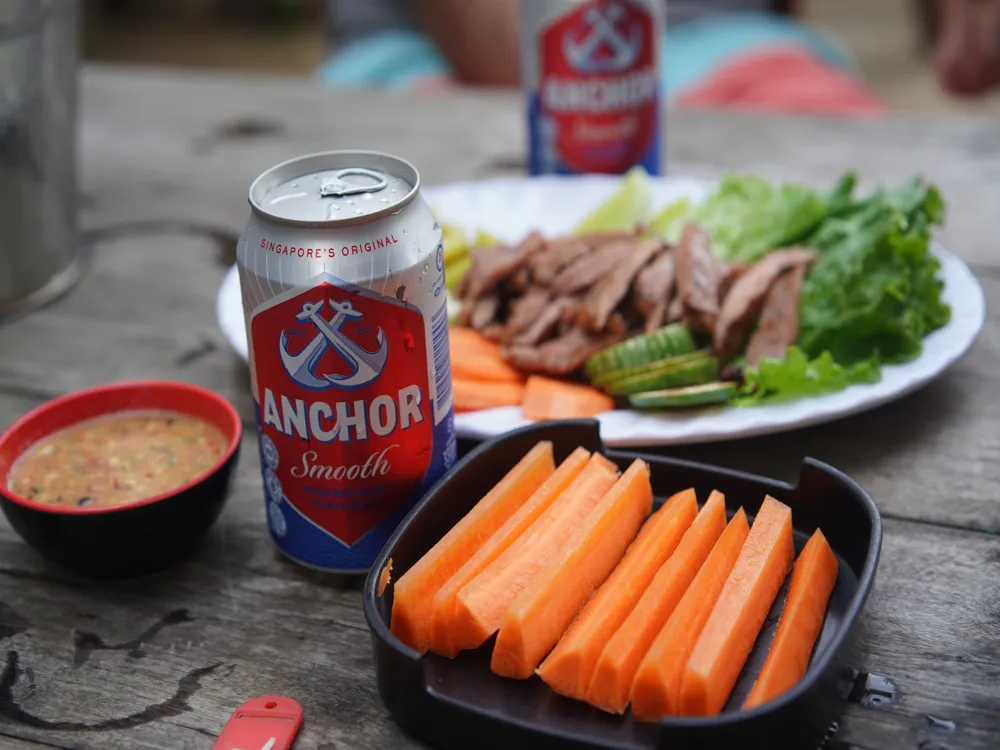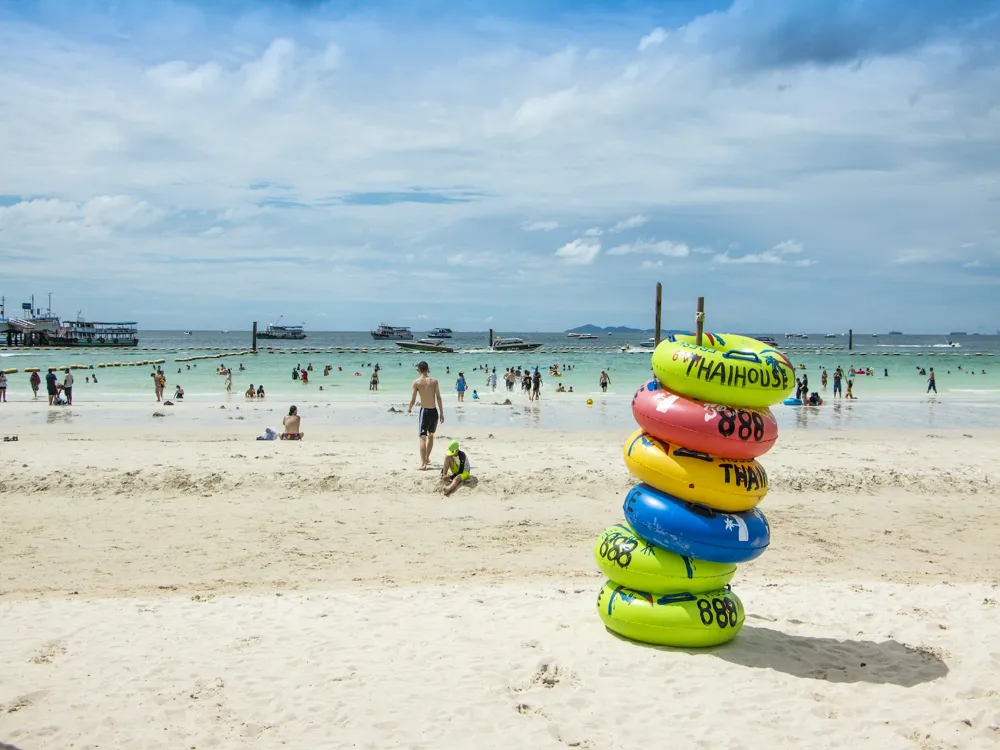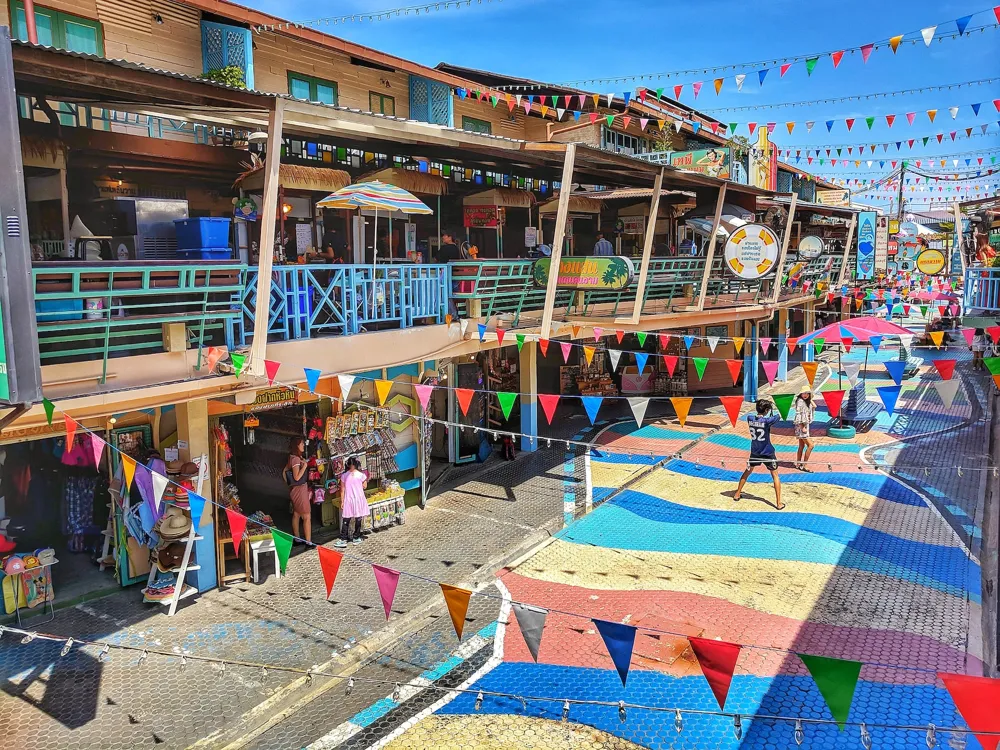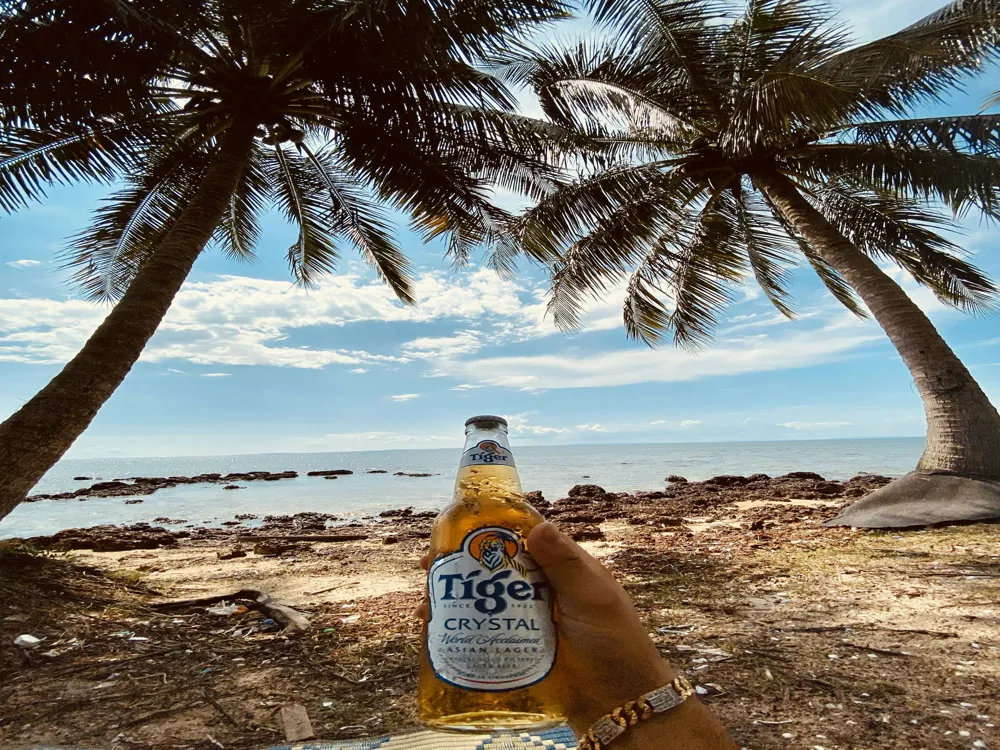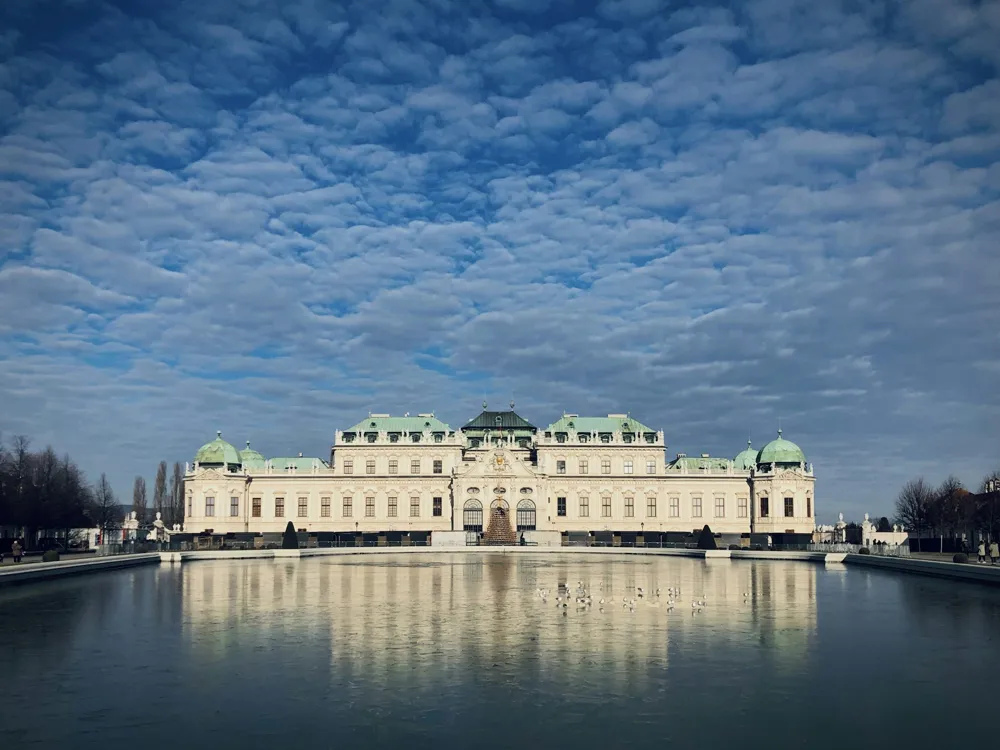Battambang, the heart of Cambodia's rice bowl, is a province replete with history and charm. Nestled in the northwest of Cambodia, it's the country's second-largest city and an amalgamation of post-colonial architecture, buzzing markets, and a serene riverside ambience. Battambang's history dates back to the 11th century, with its name deriving from a legend involving a lost staff (or 'bat') of a Khmer king. This historic city, once a part of the powerful Khmer Empire, offers a blend of natural beauty, traditional lifestyles, and a rich cultural heritage, making it a captivating destination for travelers. The architecture of Battambang is a testament to its historical layers, showcasing a unique blend of Khmer, French colonial, and modern influences. This architectural tapestry tells the story of the city's past, from ancient temples like Wat Ek Phnom, which dates back to the 11th century, to the elegant French colonial buildings lining the city's streets. These colonial structures, characterized by their yellow and white facades, large windows, and beautiful balconies, are reminiscent of a bygone era. The city is also home to traditional Khmer houses, often built on stilts and featuring intricate wood carvings, reflecting the local craftsmanship and cultural identity. When visiting Battambang, it's essential to embrace the local culture respectfully. Dress modestly when visiting temples, and always ask permission before taking photographs of people. English is widely spoken in tourist areas, but learning a few basic Khmer phrases can enhance your experience. The local currency is the Cambodian Riel, but US Dollars are also widely accepted. The best time to visit Battambang is during the dry season, from November to April, when the weather is cooler and more comfortable for exploring. The rainy season, from May to October, can make travel challenging due to heavy rains and flooding, but it also brings lush green landscapes and fewer tourists. Battambang's culinary scene is a delightful journey through Khmer flavors. Don't miss trying the local specialties like Bai Sach Chrouk (pork and rice), Amok (a traditional Cambodian curry), and fresh tropical fruits. Street food markets are a great place to sample these delicacies. Getting around Battambang can be done via tuk-tuks, motorbike rentals, or bicycles. Tuk-tuks are affordable and readily available, providing a convenient way to navigate the city. For a more adventurous experience, renting a motorbike or bicycle allows for greater flexibility and the chance to explore off-the-beaten-path areas. Reaching Battambang is straightforward, with several options available. The city is well-connected by road, and visitors can arrive via bus, taxi, or private car from major cities like Phnom Penh and Siem Reap. The journey offers scenic views of the Cambodian countryside. For a more unique experience, consider taking a boat from Siem Reap, which provides a picturesque route along the Sangker River, especially during the wet season when the water levels are higher.Overview of Battambang
Architecture of Battambang
Tips When Visiting Battambang
General Tips
Best Time to Visit
Local Cuisine
Transport Tips
How To Reach Battambang
La Fabrik
Battambang
NaN onwards
View battambang Packages
Weather :
Tags : Shopping
Timings : Closed on Sunday. 9 AM to 2 PM; 5 PM to 9 PM
Time Required : 1 hour
Planning a Trip? Ask Your Question
Battambang Travel Packages
View All Packages For Battambang
Top Hotel Collections for Battambang

Private Pool

Luxury Hotels

5-Star Hotels

Pet Friendly
Top Hotels Near Battambang
Other Top Ranking Places In Battambang
View All Places To Visit In battambang
View battambang Packages
Weather :
Tags : Shopping
Timings : Closed on Sunday. 9 AM to 2 PM; 5 PM to 9 PM
Time Required : 1 hour
Planning a Trip? Ask Your Question
Battambang Travel Packages
View All Packages For Battambang
Top Hotel Collections for Battambang

Private Pool

Luxury Hotels

5-Star Hotels

Pet Friendly








